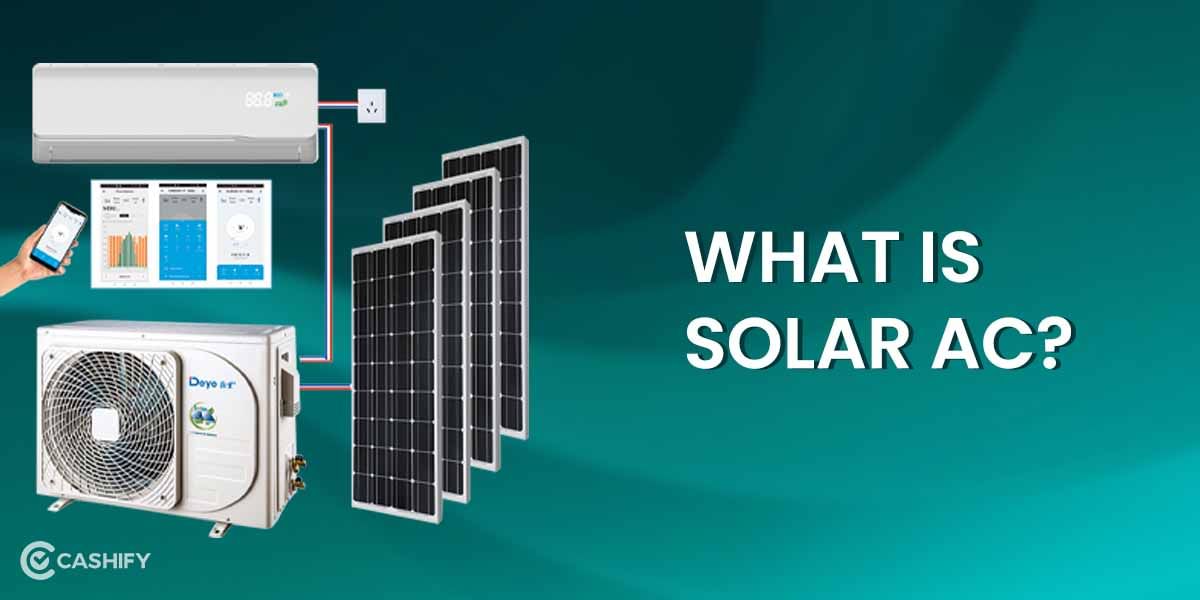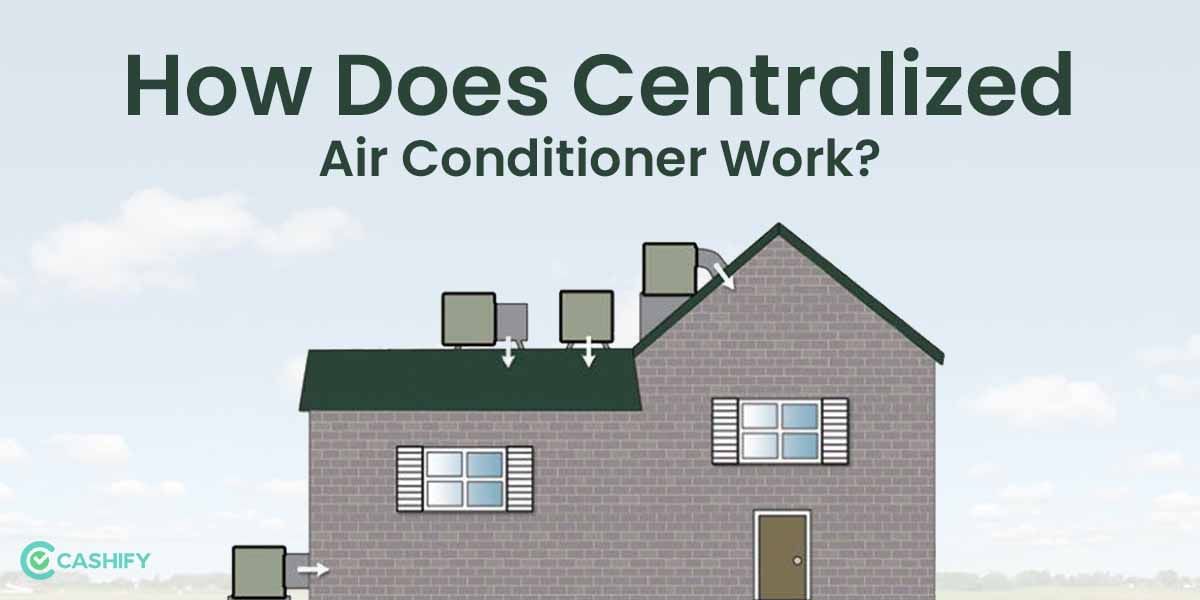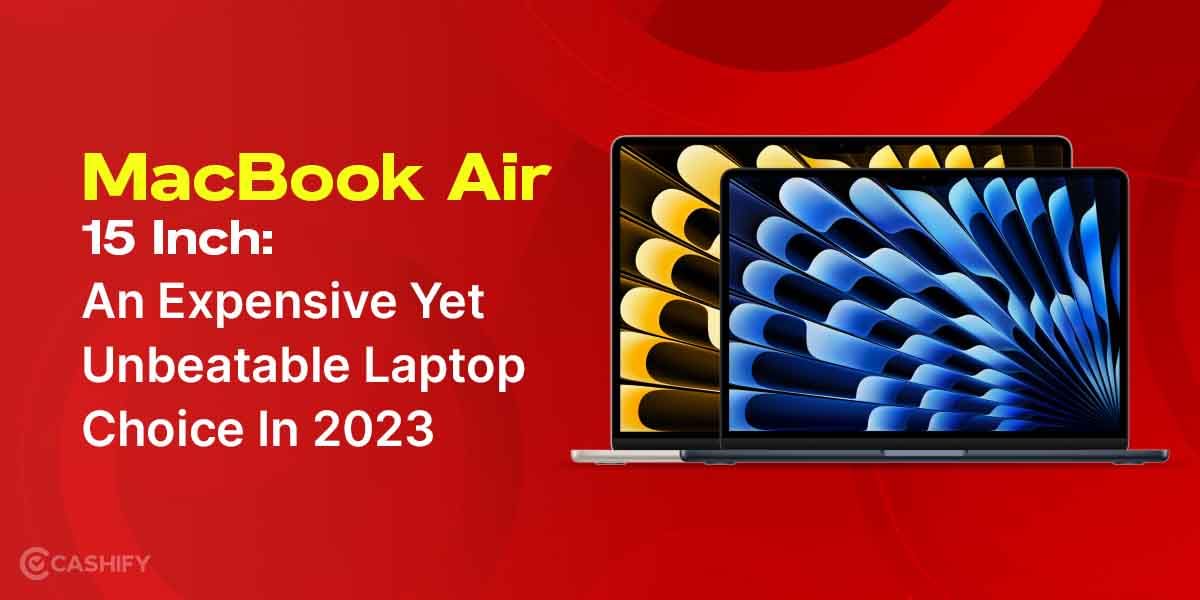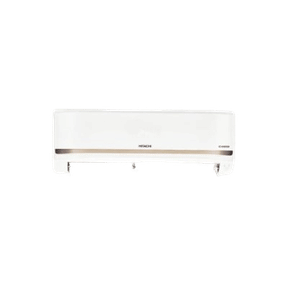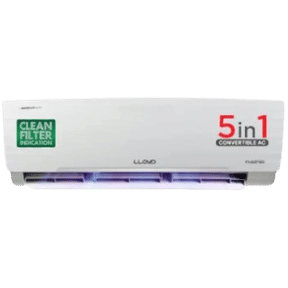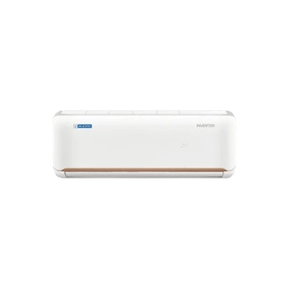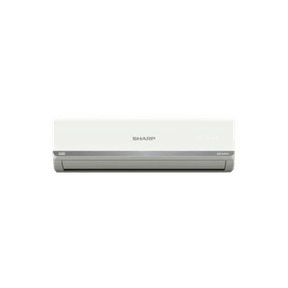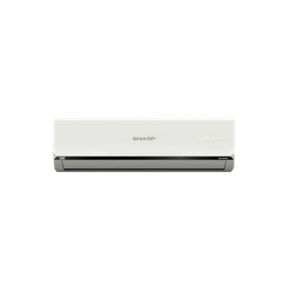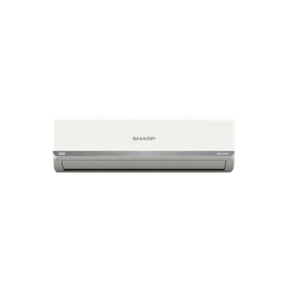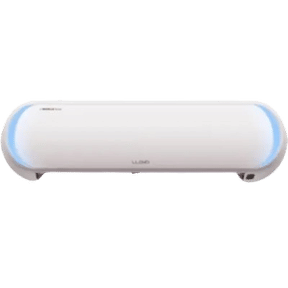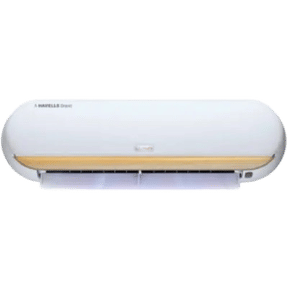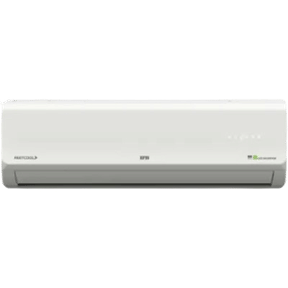The word HVAC stands for heating, ventilation, and air conditioning. This system provides heating and cooling to residential and commercial buildings. You can find HVAC systems anywhere from single-family homes to submarines where they provide the means for environmental comfort.
Becoming more and more popular in new construction, these systems use fresh air from the outdoors to provide high indoor air quality. The ‘V’ in HVAC, or ventilation, is the process of replacing or exchanging air within a space. This provides a better quality of air indoors and involves the removal of moisture, smoke, odours, heat, dust, airborne bacteria, carbon dioxide, and other gasses as well as temperature control and oxygen replenishment.
Also Read: AC Buying Guide 2022 | How To Make The Right Choice!
How Does An HVAC System Work
The three main functions of an HVAC system are interrelated, especially when providing acceptable indoor air quality and thermal comfort. Your heating and air conditioning system is often one of the most complicated and extensive systems in your home, but when it stops working you’ll know soon enough! There are nine parts to your HVAC system that you should be familiar with: the air return, filter, exhaust outlets, ducts, electrical elements, outdoor unit, compressor, coils and blower.
HVAC Basics
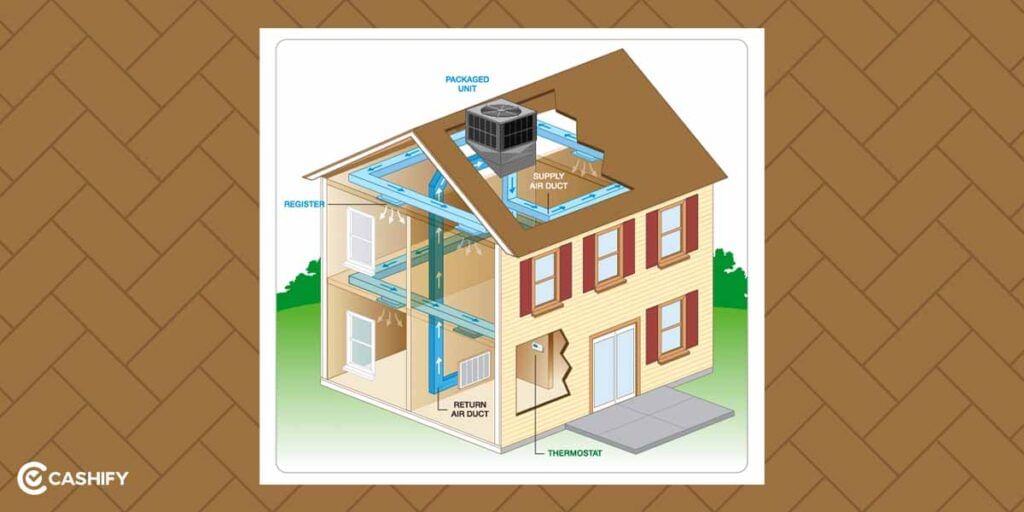
An HVAC system serves purposes other than only heating or cooling a space. Instead, it helps to enhance the comfort of everyone in a facility and improve indoor air quality. HVAC systems come in a variety of shapes and sizes, but they all start with the same components.
First, there is a way for fresh air to enter the house from the outside or from the inside. Ventilation occurs in two separate ways, and it is a process. The majority of homes have natural ventilation, which is the air flowing in and out through windows, doors, vents, and other openings. This air exchange is required to remove excess moisture, carbon dioxide, and smells as well as to replenish oxygen.
The ‘V’ in HVAC stands for mechanical ventilation, which uses a mechanical system to flow air in and out. In the past, most homes had ample natural ventilation via building gaps and cracks as well as door opening and closing. However, because of how tightly sealed homes are being built nowadays; ventilation is becoming a more crucial part of HVAC systems for homes. The process starts once the air is brought in and sucked into an air handling unit. To get rid of debris like dirt, dust, allergies, and other things, the air is drawn through filters here.
Afterwards comes comfort. In order to cool and remove extra humidity, the air is either sent to be heated or sent to be cooled. After being made clean, fresh, and comfy, the air is then sent inside the house. To access various rooms using central systems, one must pass through a maze of pipes and registers. For other systems, this typically entails being pointed directly towards the area.
Types of Ducted HVAC System
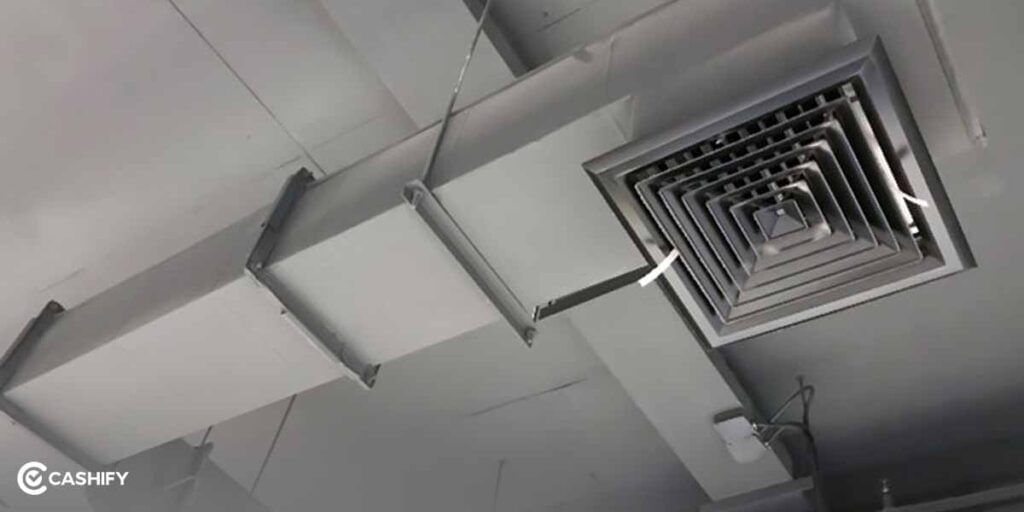
A building has a ducted HVAC system if it uses vents to circulate hot and cold air. The term “ducted HVAC systems” refers to any heating or cooling system that distributes air through a network of air ducts, which are common in both residential and commercial buildings.
1. Split System
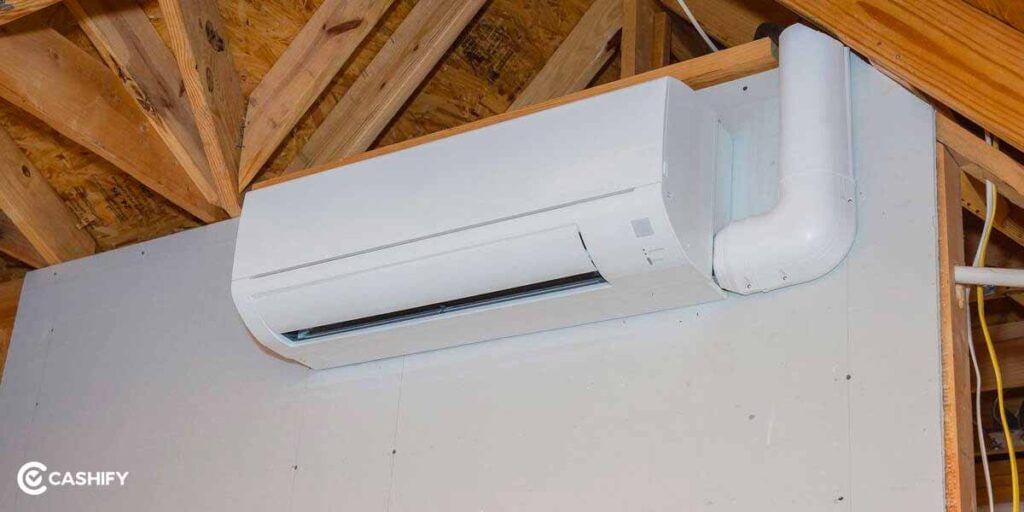
The most prevalent HVAC systems utilized in residential buildings are heating and cooling split systems. They are made up of two independent parts, one for cooling and the other for heating. And they use a conventional thermostat to regulate the temperature across the entire building.
The heating unit is typically found in a basement, utility closet, or other interior storage areas in buildings with split systems. The heater circulates heat through a building’s ductwork using an evaporator or fan and is powered by gas. On the other hand, the cooling system is outdoors and is connected via a network of tubing to the ductwork of a building. It produces cool air using compressors, coils, and refrigerants; while a fan moves hot air outside and away from the building.
2. Hybrid Split System
The construction and cooling unit of a hybrid split HVAC system are identical to those of a split system, but it doesn’t only use gas to generate heat. Its heater has a gas burner, along with an electric power option. Compared to gas-powered heating, electric heating is frequently slower and less powerful; but it provides building owners more control over how much energy is used in their structures, which can minimize energy expenditures in warmer regions.
Also Read: Explained: Different Types Of Air Conditioners
3. Packaged Heating and Cooling
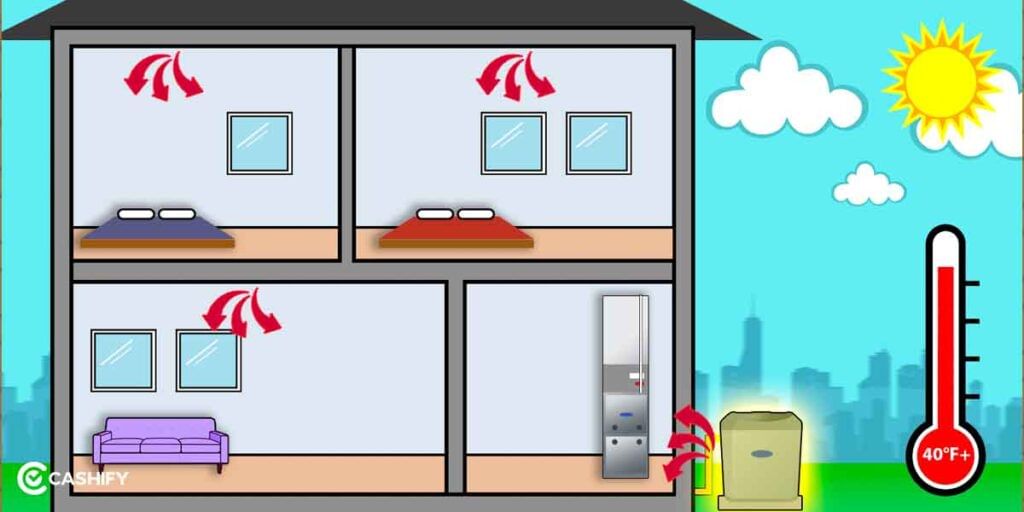
Despite being less prevalent than split systems, packaged heating and cooling systems are better suited for compact buildings that need additional storage due to their smaller size. The heating and cooling components are combined into one unit and are typically kept on top of a building, in an attic, or close to the foundation.
Packaged HVAC systems frequently use a single hole in the wall to attach to the supply and return ducts of a building. Building owners can decide whether to install a packaged heat pump with evaporator coils or a packaged air conditioner with an air handler and optional heat strip components depending on the environment. Both systems are less expensive to install and easier to maintain than split systems.
4. Zoned System
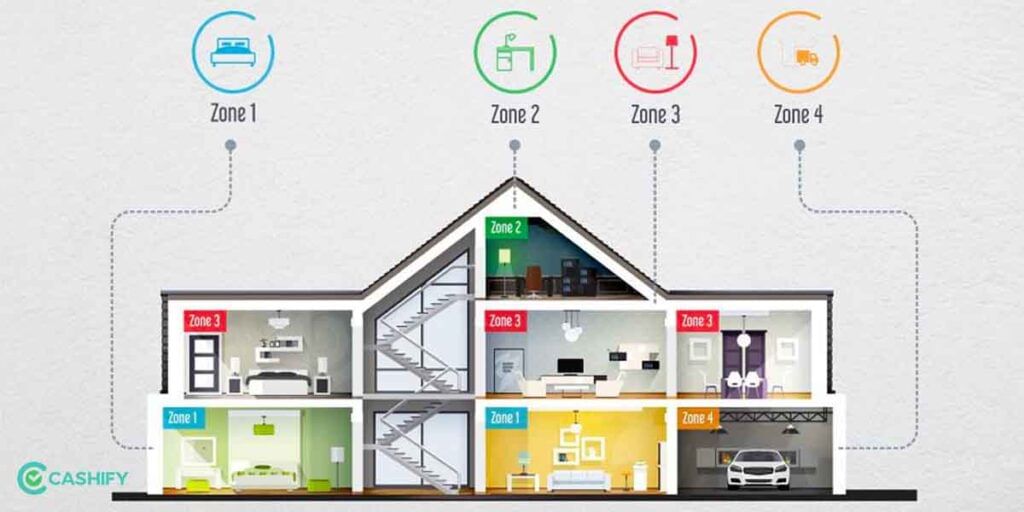
Despite being less prevalent than split systems, packaged heating and cooling systems are better suited for compact buildings that need additional storage due to their smaller size. The heating and cooling components are combined into one unit and are typically kept on top of a building, in an attic, or close to the foundation.
Packaged HVAC systems frequently use a single hole in the wall to attach to the supply and return ducts of a building. Building owners can decide whether to install a packaged heat pump with evaporator coils or a packaged air conditioner with an air handler and optional heat strip components depending on the environment. Both systems are less expensive to install and easier to maintain than split systems.
Also Read: BEE Star Labels For Appliances Explained
5. Rigid Ductwork
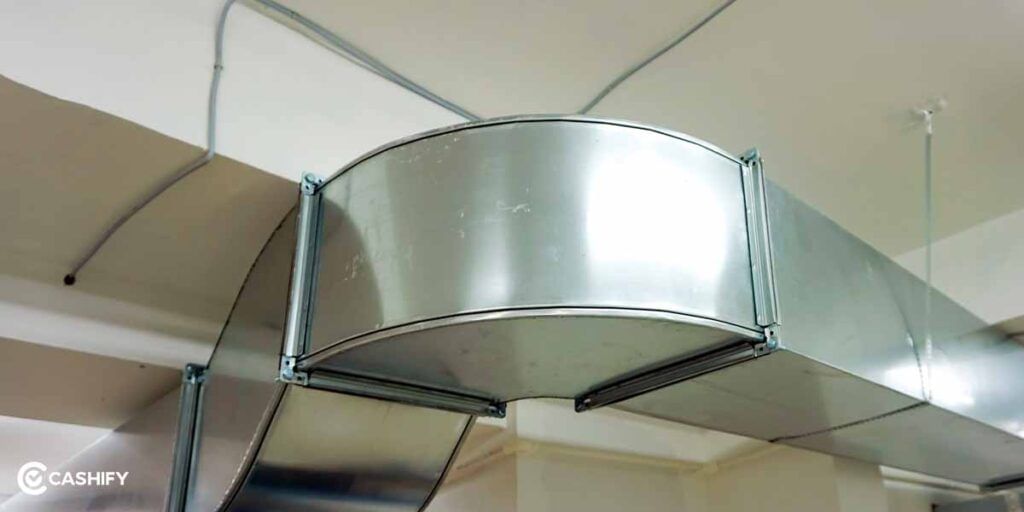
The shapes of rigid duct systems can be cylindrical or rectangular and come in a variety of sizes and materials. These ducts are frequently insulated. They are widely used because they are robust, long-lasting, and trustworthy. Rigid duct systems come in three different categories:
- Sheet metal ducts – Most likely, if you enjoy watching action movies, you have seen sheet metal ducts. They are the ducts you see in movies when the main character frequently crawls through the air ducts. Galvanized steel and aluminium are the two most widely used materials for sheet metal ducts. Aluminium is very lightweight and simple to install. Due to their non-porous surfaces, these materials are also the least likely to contain harmful bacteria growths.
- Fibreglass-lined ducts – Sheet metal ducts with fibreglass lining are also made of metal, but they have an inside fibreglass lining. Due to its ability to reduce noise from the air conditioner unit, this duct system is more prevalent in commercial and office buildings. Unfortunately, the fibreglass in these ducts is prone to deterioration and eventually releases fibreglass particles into the air. This can pose a serious health risk, particularly when exposed for an extended period of time. Additionally, cleaning fibreglass-lined ducts can be difficult because the process can harm the lining and release fibres. These ducts may potentially become contaminated by bacteria and mold.
- Fiberboard ducts – Fiberglass strands are crushed, bound with resin, and covered with a foil laminate layer to prevent moisture buildup in fiberboard ducts. Due to their excellent insulation, fiberboard ducts are appropriate for cooling and heating systems. But just with fibreglass-lined ducts, it is not advisable to use them when it comes to ventilation because they can turn into a haven for molds and mildew in humid regions. Additionally, they feature uneven surfaces that may hinder airflow and efficiency.
Also Read: Best Voltas Split Air Conditioners In India
6. Semi-Rigid Ducts
Semi-rigid ducting is regarded as the greatest type of ventilation ducting currently on the market; offering a combination of flexibility and stability. Because it is a zero leakage ventilation system, superior quality semi-rigid ducting aids in the operation of a ventilation system at its peak performance. High-quality semi-rigid duct systems, on the other hand, also have high crushability values. A few semi-rigid ducting systems also give the installer flexibility by allowing them to swap between round and oval ducts without sacrificing hydraulic pressure or system efficiency. Numerous semi-rigid duct systems contain anti-static and anti-bacterial linings, making maintenance simpler.
Types of Ductless HVAC Systems
Ductless HVAC systems, as their name suggests, are intended to heat or cool an area without the use of air ducts. These systems, which exist in a variety of sizes, are frequently employed in little structures or temporary construction sites.
1. Duct-Free Mini-Split
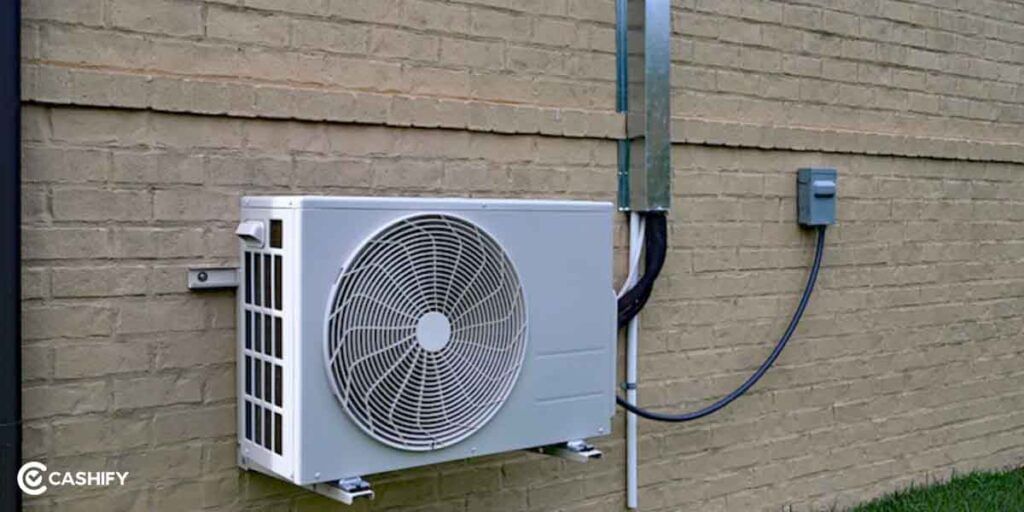
In family residences, office buildings, and hotel rooms, ductless mini-split systems are a standard fixture installed in each room. These electric devices also referred to as mini-split systems, come with a thermostat for each zone, an indoor air-handling unit, a heat pump, a refrigerant, an outdoor compressor and condenser, and power connections. One compressor can connect to up to nine indoor air-handling devices, and copper tubing links the indoor and outdoor parts.
Ductless systems might be pricey to install, but they frequently aid in long-term energy cost and consumption reduction. Their adaptable zoning features enable customers to solely heat and cool occupied spaces, preventing ductwork-related energy loss. People who live in colder climates frequently need to add a separate heating system since the heating components are less efficient in below-freezing temperatures.
2. Hydronic Heating
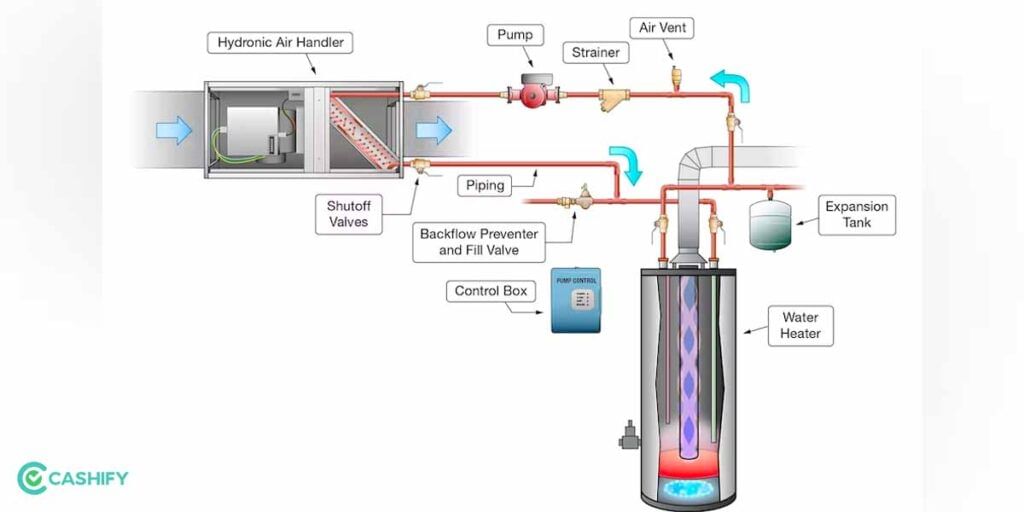
Hydronic heating, in contrast to the other HVAC systems in this list, it radiates heat through liquid rather than air. This system circulates heated water around a building via a network of pipes buried beneath the floors after heating it in a boiler. The liquid radiates heat throughout the space once it hits a radiator or baseboard heater. Additionally, homeowners have the option of installing a hydronic radiant heating system for their floors.
3. Portable Spot Cooler
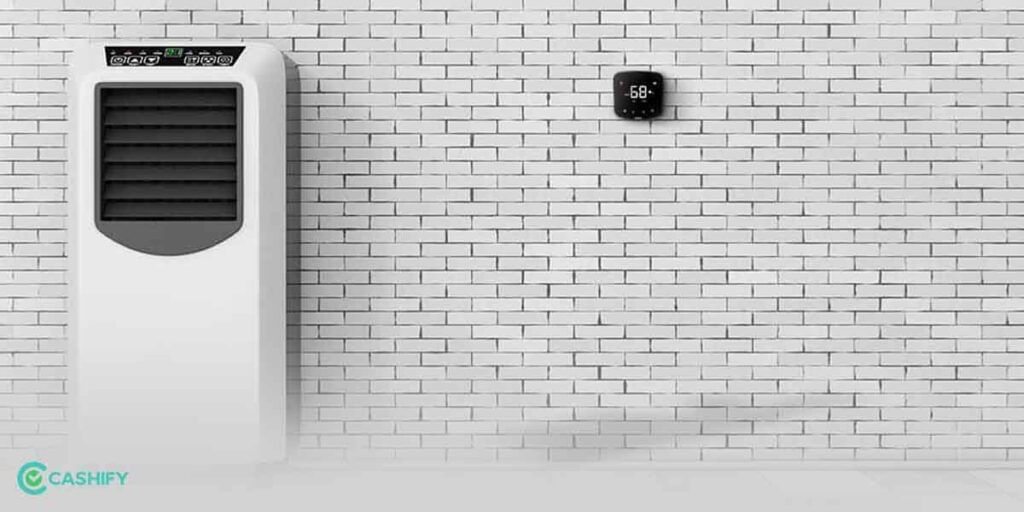
Spot coolers are portable air conditioners used to cool off big buildings, factories, or open areas. In order for them to operate, ambient air must be drawn in, forced over a closed-loop coil that is cooled by the refrigerant, and then pumped back into the area. Remaining condensation from the coil’s cooling and dehumidification of the air flows into a hose or catch bucket.
Spot coolers are mobile due to the attached wheels and are usable everywhere there is an electrical power supply. However, finding a location to vent the exhaust might make setup in confined locations more challenging. Spot coolers remove any lingering warm air through a flexible exhaust tube after cooling it. To stop heated air from returning to the space, this extendible tube must exit through a door, window, or drop ceiling.
Also Read: Best 5 Star Air Conditioners In India
4. Portable Heat Pump
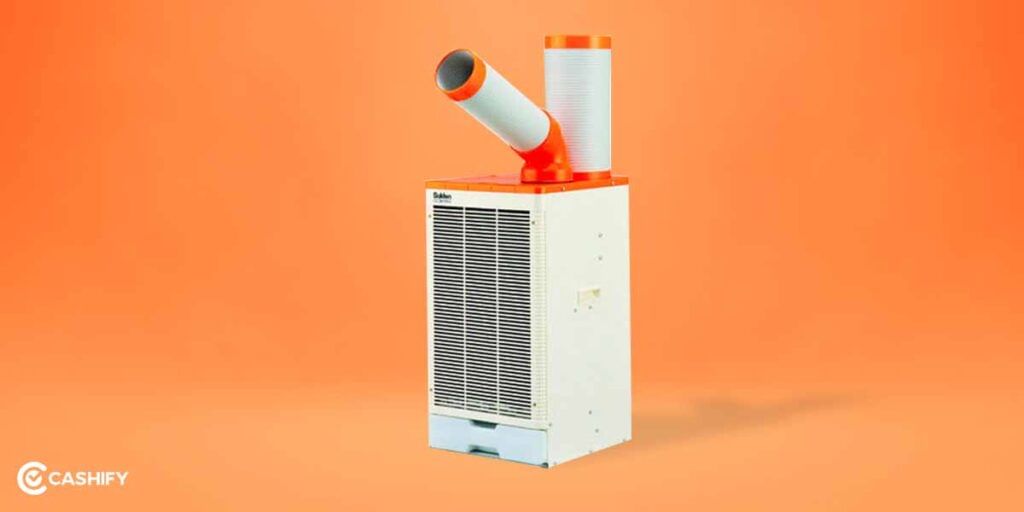
Similar in size and performance to a spot cooler, a portable heat pump provides an extra heating option for chilly regions. A heat pump circulates warm air around space when it is set to the heating mode; drawing fresh air from the outside and passing it over a condenser coil. Users may alternate between the unit’s cooling and heating functions thanks to a reversing valve; making it a smart choice for various climes.
Also Read: 5 Best Window Air Conditioners In India




